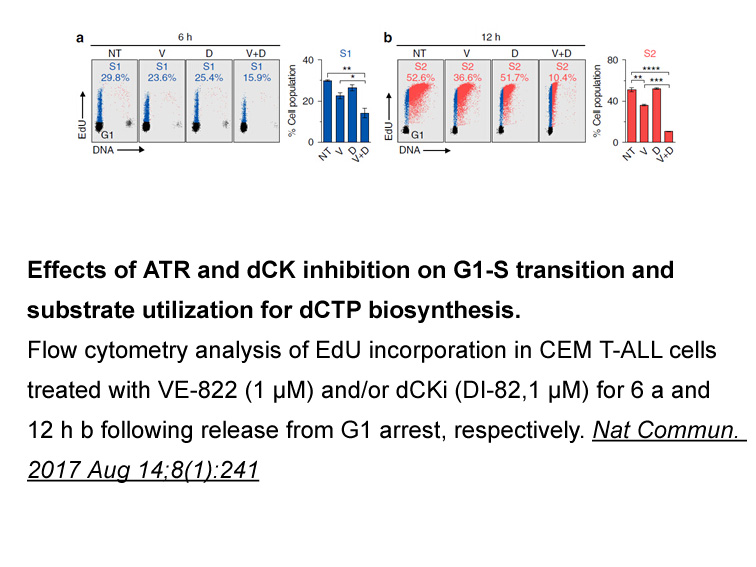Archives
br Conclusions br Acknowledgements This
Conclusions
Acknowledgements
This work was supported by funding from the Natural Sciences and Engineering Research Council of Canada (RGPIN-2017-06346 to JB), National Institute of Child Health and Human Development (5R01HD083930-02 to JB), and the National Institute of Biomedical Imaging and Bioengineering (Grant No. R21 EB018538 to AE).We thank Dr. Mabel Gamboa, Ms. Mary Anne Park, and personnel of the Augusta University Biorepository for their help with procurement of tissue samples.
Introduction
The consumption of fruits and vegetables provides us with a large amount of micronutrients; therefore, they are basic components of a healthy diet. Many studies have reported that the intake of fruits and vegetables reduces the risk of mortality due to cancer and cardiovascular diseases (Wang et al., 2014). Therefore, the production of fresh-cut fruits and vegetables is increasing because of their health benefits as well as their convenience for consumers.
Minimal fruit and vegetable processing consists of washing, trimming, peeling, cutting or shredding, sanitizing and packing. However, these operations do not guarantee the total elimination of spoilage and foodborne pathogenic microorganisms that could be present in the produce. Several outbreaks associated with the consumption of fresh-cut produce have been reported in recent years (CDC, 2016). Chemical sanitizers and additives are used to preserve fresh-cut produce; however, consumer's concerns regarding these substances in food has promoted the development of alternative techniques.
One such method is biopreservation or biological control. Non-pathogenic microorganisms have been proposed as biocontrol agents. They control the growth of spoilage and pathogenic microorganisms by competing for nutrients or physical space or by producing substances that negatively affect pathogens (Parish et al., 2003). Moreover, some lactic Taurine bacteria (LAB) have also been studied as biocontrol agents. For example, Lactobacillus rhamnosus GG has been reported to control the growth of foodborne pathogens on fresh-cut apple (Alegre et al., 2011) and on fresh-cut pear (Iglesias et al., 2017) and Lactobacillus plantarum CIT3 on minimally processed apple (Siroli et al., 2015b). The native microbiota present in fruits and vegetables have also shown antagonistic activity against foodborne pathogens. Leverentz et al. (2006) reported that Candida spp., Discosphaerina fagi, Gluconobacter assai and Metschnikowia pulcherrima controlled L. monocytogenes and Salmonella growth at 10 and 25 °C on fresh-cut apple. Trias et al. (2008) showed that some Leuconostoc strains have bactericidal effects against L. monocytogenes and reduced the growth of Escherichia coli and Salmonella typhimurium on fresh-cut apple at 25 °C. Pseudomonas graminis CPA-7, isolated from the surface of an apple, has shown activity against foodborne pathogens on fresh-cut apple and peach (Alegre et al., 2013b) and on fresh-cut apple and melon under conditions simulating commercial applications (Abadias et al., 2014; Alegre et al., 2013a). Recently, Iglesias et al. (2018) demonstrated that this biocontrol agent is also effective on fresh-cut pear. Among the many requirements, biopreservation cultures should not impact the quality of the fresh-cut fruit through possible metabolic reactions during bacterial growth.
Maintaining the sensorial qualities of minimally processed fruit after processing and during  the chain of distribution is very difficult. The shelf-life of cut produce is very limited due to browning of the flesh and the loss of flavour (Conway et al., 2002; Toivonen, 2006; Toivonen and Delaquis, 2006). Some factors including variety, ripeness stage, and the atmosphere and temperature of storage affect shelf-life during postharvest storage following processing. Modified atmosphere packaging (MAP) in combination with refrigeration temperatures is used to preserve fresh-cut produce. Low O2 and high CO2 can be used to preserve the quality of minimally processed fruit because they inhibit the bioreactions in fruit tissue that may lead to physiological decay (Rosen and Kader, 1989; Sapers and Miller, 1998). However, that gas composition may initiate fermentative pathways that release metabolites such as ethanol that cause off-flavours (Soliva-Fortuny et al., 2002). Moreover, it is known that although a high CO2 level can inhibit aerobic spoilage microorganisms, it can also allow pathogen growth (Rodriguez-Aguilera et al., 2009). Therefore, it is necessary to maintain an O2 concentration that is sufficiently low but also over the fermentation threshold (Lakakul et al., 1999).
the chain of distribution is very difficult. The shelf-life of cut produce is very limited due to browning of the flesh and the loss of flavour (Conway et al., 2002; Toivonen, 2006; Toivonen and Delaquis, 2006). Some factors including variety, ripeness stage, and the atmosphere and temperature of storage affect shelf-life during postharvest storage following processing. Modified atmosphere packaging (MAP) in combination with refrigeration temperatures is used to preserve fresh-cut produce. Low O2 and high CO2 can be used to preserve the quality of minimally processed fruit because they inhibit the bioreactions in fruit tissue that may lead to physiological decay (Rosen and Kader, 1989; Sapers and Miller, 1998). However, that gas composition may initiate fermentative pathways that release metabolites such as ethanol that cause off-flavours (Soliva-Fortuny et al., 2002). Moreover, it is known that although a high CO2 level can inhibit aerobic spoilage microorganisms, it can also allow pathogen growth (Rodriguez-Aguilera et al., 2009). Therefore, it is necessary to maintain an O2 concentration that is sufficiently low but also over the fermentation threshold (Lakakul et al., 1999).